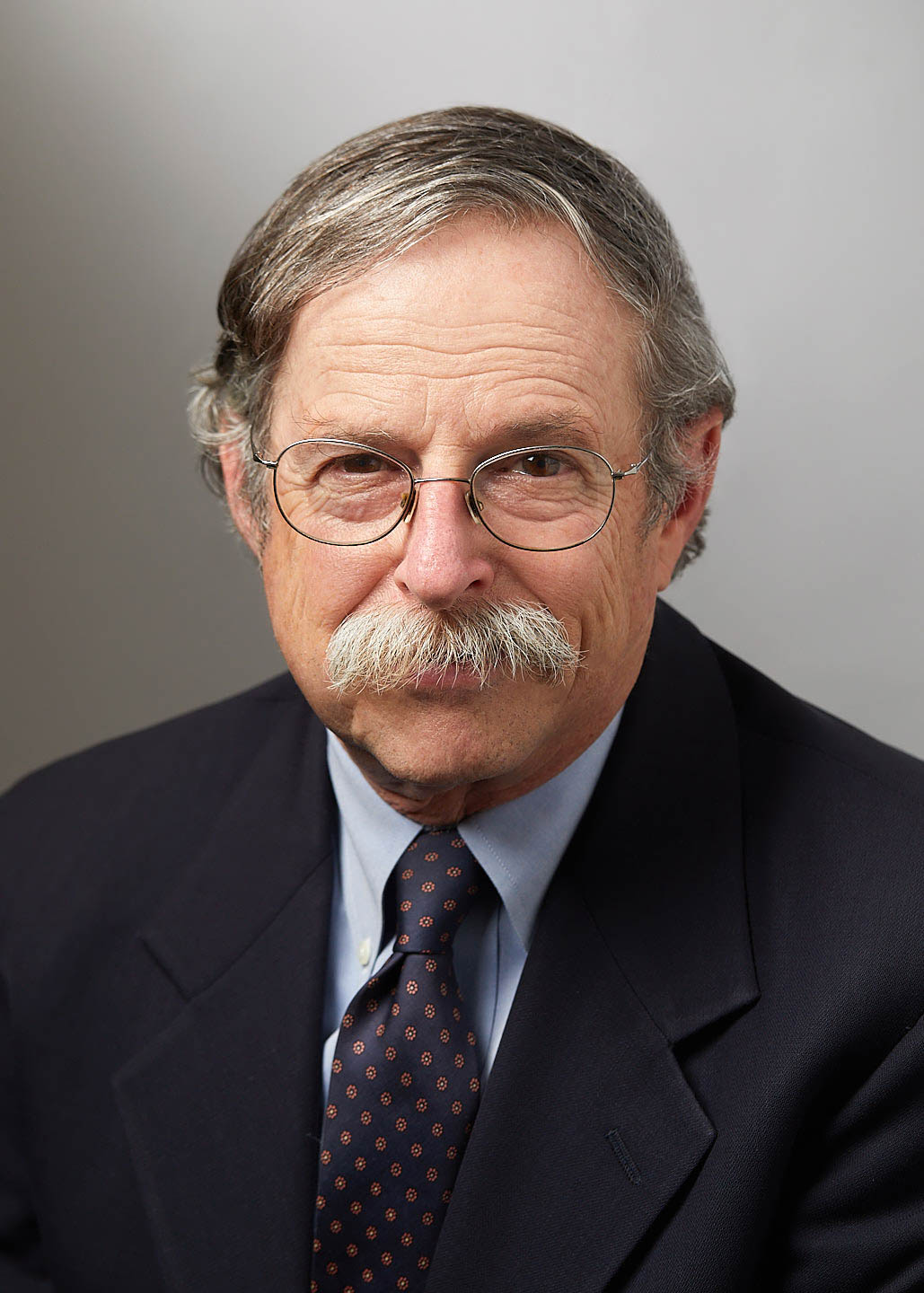
Yale School of Medicine
When Sterling Professor of Genetics Arthur Horwich learned that he won what some call the “richest prize in the sciences,” he was on the phone with a distinguished colleague from San Francisco.
At first, he was stunned. Then his wife found out.
“She started jumping up and down,” he said.
Horwich will share the Breakthrough Prize and its $3 million jackpot with Franz-Ulrich Hartl, a biochemist in Germany, at the eighth annual awards ceremony in November. The prize, sponsored by some of the biggest names in tech, honors scientific achievements that “ask the biggest questions and seek the deepest explanations,” the prize website states.
For Horwich, the award is the latest in a golden heap of other prizes and honors he has won for his work in protein folding.
In 2011, the geneticist received the Albert Lasker Basic Medical Research Award. In 2012, Hartl and Horwich shared the Shaw Prize in Life Science and Medicine and split the $1.2 million it came with.
The Breakthrough Prize is certainly his largest monetarily, Horwich said. But what he will do with the money is anyone’s guess.
“I’m not going to change my lifestyle,” he said. “I’ll still come to work and do experiments every day. Nothing’s going to change.”
Horwich and Hartl discovered the action of a special protein machine that can help other proteins fold without clumping together, an attribute characteristic of diseases like Alzheimer’s and Parkinson’s.
They have worked for years to understand how the machine works, first together and then independently. According to Horwich, the protein could help soothe the health problems that come with aging.
Horwich also gave credit to Paul Sigler, a distinguished Yale X-ray crystallographer who passed away in 2000, for his help in visualizing the protein machine.
“He was a wonderful senior faculty person,” he said. “[He was] a sort of father to me.”
Even though their work has been lauded across the world, Horwich said he was “a little surprised” that he and Hartl — whom he calls his “original partner in crime” — received the award at all.
A lot of the Breakthrough Prizes are given to those who have made clinical advancements or other achievements, he said, like a breakthrough on pain sensing or the first image of a supermassive black hole. But his project’s clinical application is “not immediately clear,” he said, without more research.
To genetics chair Antonio Giraldez, however, Horwich’s work is groundbreaking.
“He’s not an attention seeker. He’s not a flamboyant, self-promoting scientist,” he said. “Instead, he’s in science for the pure joy of discovery and for solving this tremendous mystery.”
Horwich said that he is excited to attend the Mountain View, Calif., awards ceremony, called the “Oscars of Science,” and accept the award. What he’s most excited about, however, is seeing his colleagues who are based across the country.
“It’ll be fun,” he said. “A lot of things can happen when such people get together and trade ideas.”
Horwich is one of many who will be recognized at the event, including 347 scientists who teamed up to take the photo of the black hole. In sum, the press release states, the Breakthrough Prize Foundation will hand out over $21 million to researchers from several disciplines.
The ceremony, which has a “Seeing the Invisible” theme, will be broadcast live on National Geographic.
Matt Kristoffersen | matthew.kristoffersen@yale.edu







